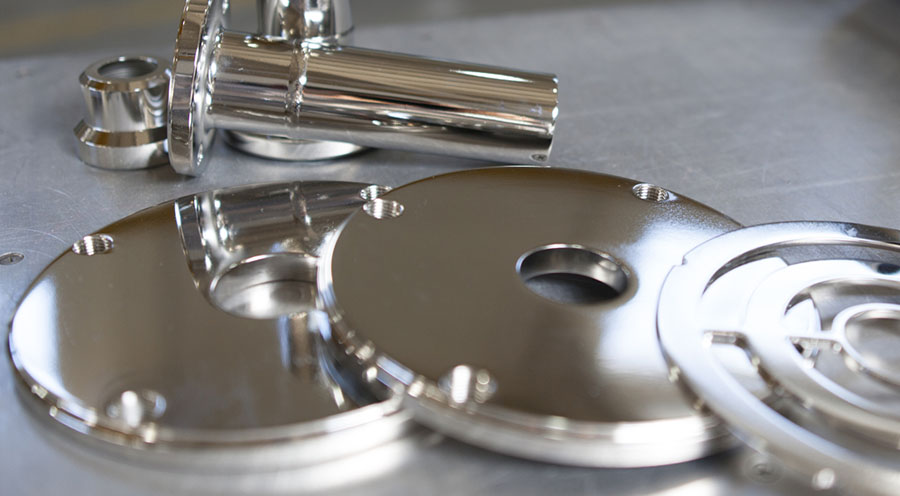Compared with traditional polishing, electrolytic polishing has great advantages, such as low cost, small land occupation, polishing complex workpieces, and incomparable advantages over traditional polishing.
It is applied to pretreatment of metal parts before plating and finishing after plating, and can also be applied to metal surface processing alone. For example, electrolytic polishing is often used for decorative processing and surface finishing of metal parts with complex shapes, special tools and instruments and various coatings.
Under certain conditions, electropolishing can also be used to replace heavy mechanical polishing. Electrolytic polishing has the advantages of high production efficiency and convenient operation. The disadvantages are high cost, short service life and difficult regeneration.

Electropolishing is an effective machining method for workpieces that are difficult in material and shape in machining. However, it is not suitable to use electrolytic polishing processing in any case. For processing ordinary materials or workpieces with simple shapes, the productivity of electrolytic polishing processing is lower than that of mechanical processing. The establishment of electrolytic polishing processing production base requires certain investment, occupies a large area, and the technology is complex. The cost of single piece production is much higher than that of mechanical processing.
Therefore, when judging and selecting whether the processing object is suitable for electrolytic machining, the following points can be considered. If one of the following conditions is met, electrolytic polishing processing can be adopted:
(1) Workpiece materials that cannot be processed or are very difficult to be processed by machining methods, such as workpieces with high quenching hardness, high strength or high toughness materials, etc.
(2) Although it can be processed by ordinary processing methods, the processing speed is seriously limited by the shape or size of the workpiece, and the processing time is very long, such as forging die and extrusion die.
(3) Large quantities of workpieces, especially workpieces with serious loss of tools (such as turbine blades), or workpieces with unstable quality, which need to be finished and have certain precision requirements (such as special cavities) that require manual operation.
(4) The machining deformation and work hardening caused by the cutting force and cutting heat by the machining method may cause the processed workpiece not to meet the requirements or have an impact on the next process (such as thin-walled parts).
The application of electropolishing is mainly concentrated in the military and national defense industries such as aviation, aerospace and weapons, and is mainly used in some parts of automobiles, tractors and motorcycles in civil enterprises.


